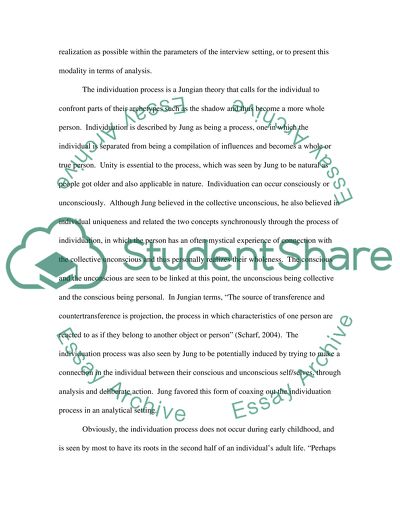Cite this document
(“PERSONALITY THEORY (PSYCHOLOGY RESEARCH PAPER) Essay”, n.d.)
Retrieved from https://studentshare.org/miscellaneous/1556102-personality-theory-psychology-research-paper
Retrieved from https://studentshare.org/miscellaneous/1556102-personality-theory-psychology-research-paper
(PERSONALITY THEORY (PSYCHOLOGY RESEARCH PAPER) Essay)
https://studentshare.org/miscellaneous/1556102-personality-theory-psychology-research-paper.
https://studentshare.org/miscellaneous/1556102-personality-theory-psychology-research-paper.
“PERSONALITY THEORY (PSYCHOLOGY RESEARCH PAPER) Essay”, n.d. https://studentshare.org/miscellaneous/1556102-personality-theory-psychology-research-paper.


